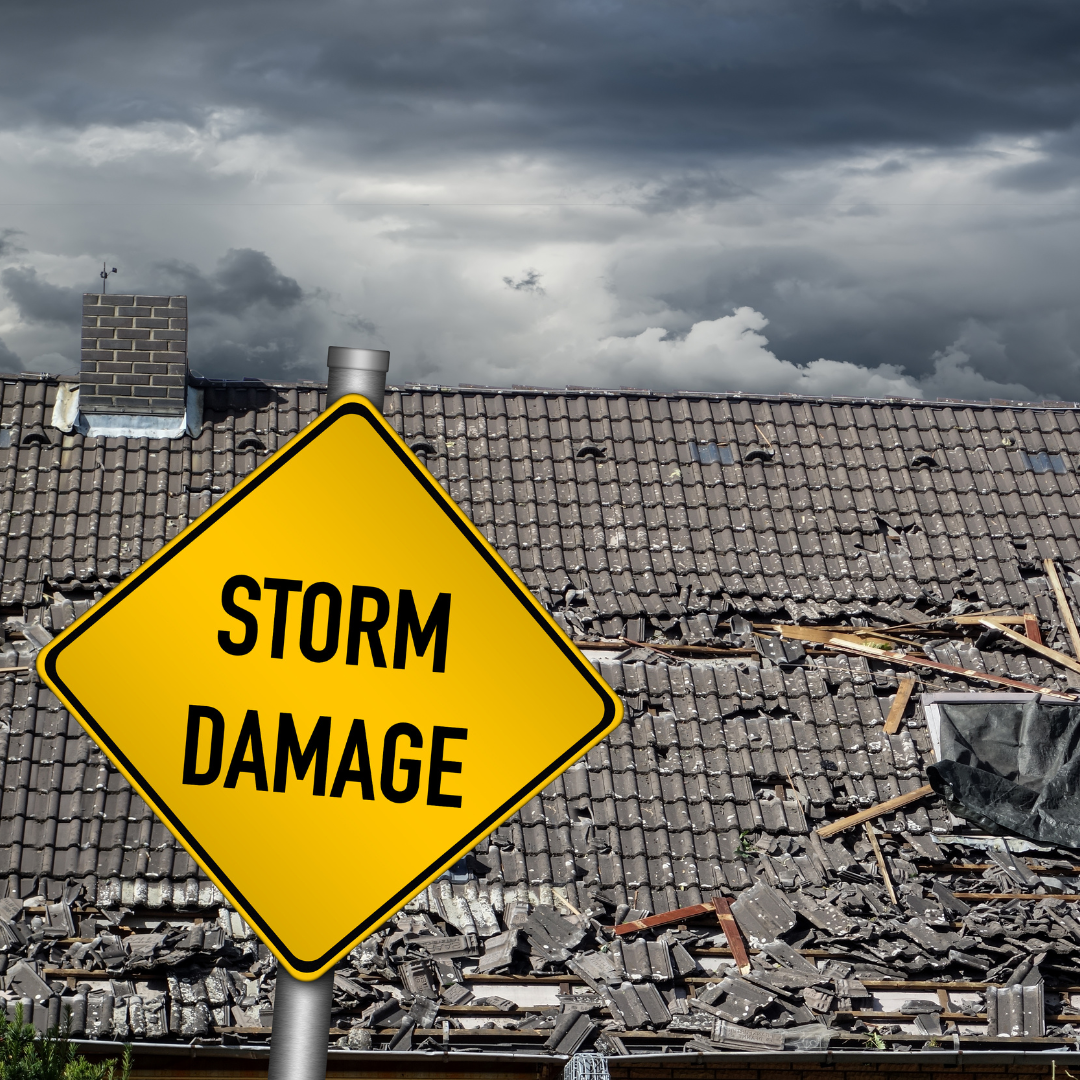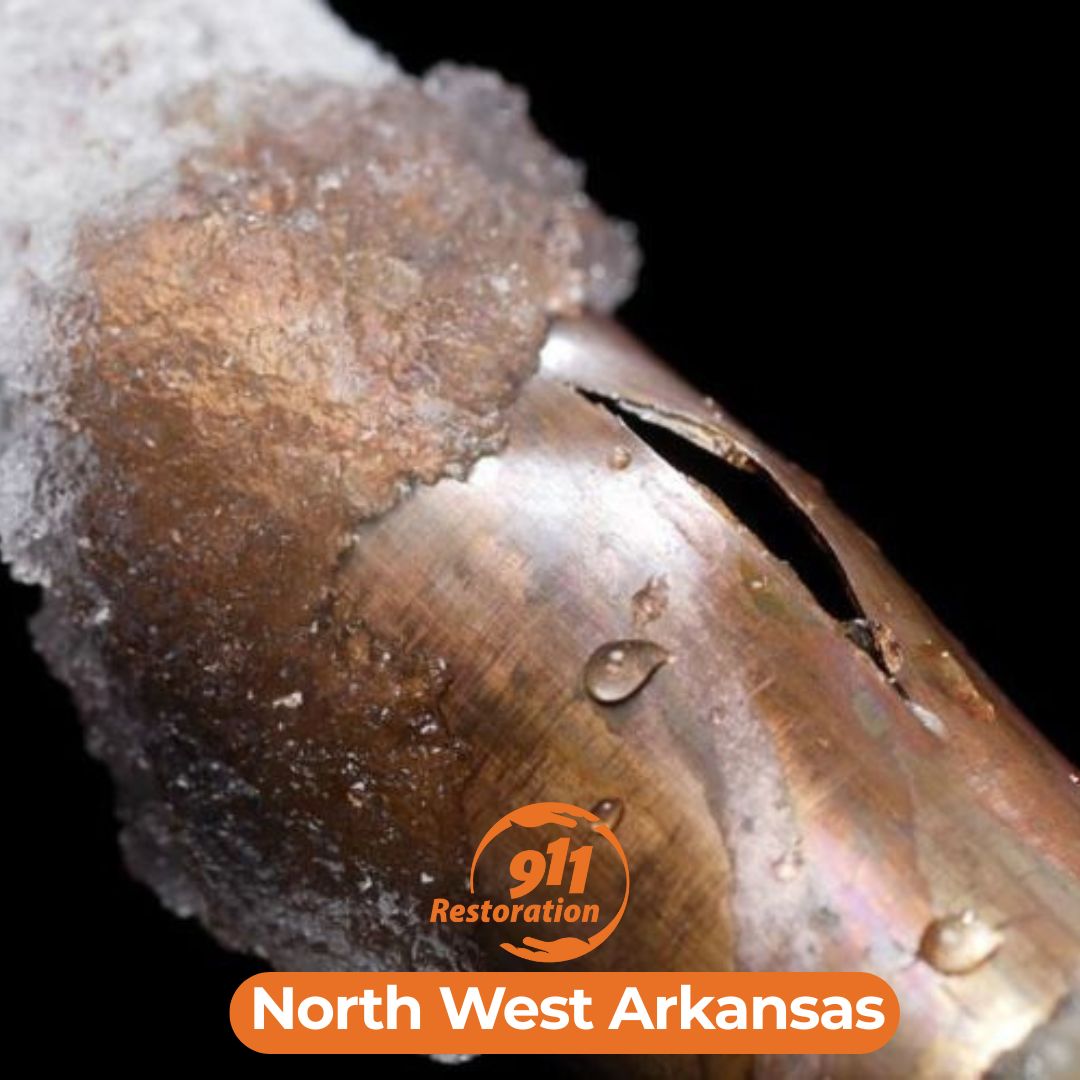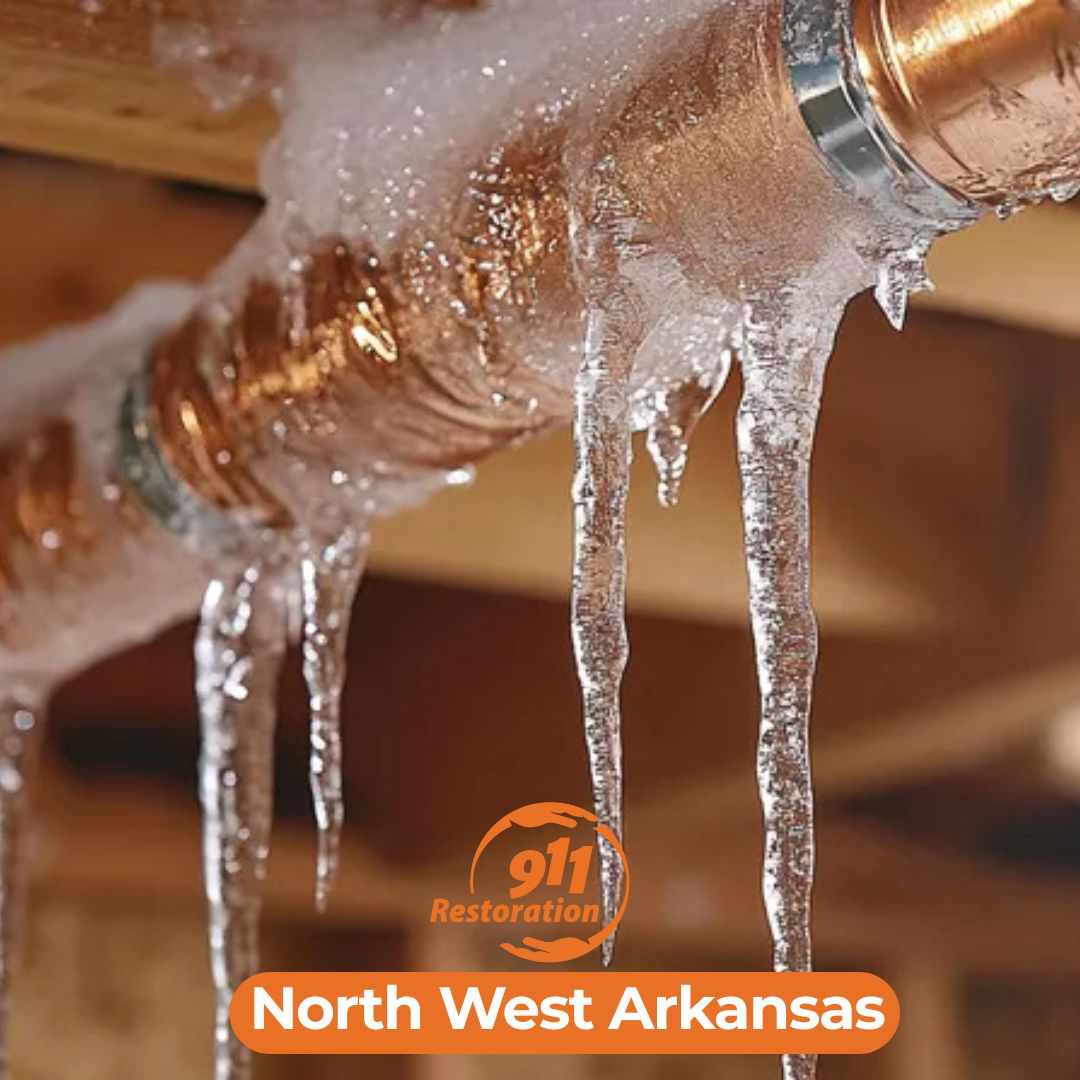
28
Aug
What To Do After Northwest Arkansas Storms
On Monday, May 19, 2025, Northwest Arkansas, including Fayetteville, was hit by severe storms and multiple tornadoes. These storms left damage behind throughout parts of Springdale and caused extensive damage with downed trees and power lines widespread, and homes and businesses sustaining major damage. Additionally, Fayetteville experienced localized flooding and scattered power outages as a result of the storm.
Preparation is key, but knowing what to do after a storm is equally important for a safe and efficient recovery from water damage.
Step One
Prioritize Safety
- Avoid additional risks: Be aware of potential hazards like downed power lines, or structural damage, never go near them! Standing water can be contaminated or covering electrical outlets, and weakened structures.
Step Two
Take Action
- Your first reaction might be to freak out however, some best practices can help prevent your home from water damage after a storm.
They include
- Remove Standing Water
- Fix Water Leaks
- Inspect Your Roof
- Inspect Your Foundation
- Ensure Mold Doesn’t Grow
- Contact 911 Restoration of Northwest Arkansas. We are IICRC Certified Flood Restoration Specialists
After a storm, a thorough inspection of your home is crucial to identify any damage, even if it seems minor. Unaddressed issues can lead to more significant and costly problems down the line.
Here’s a breakdown of common home repairs needed after a storm:
Roof Repairs
The roof often takes the brunt of a storm. Look for:
- Missing or Damaged Shingles: High winds can rip shingles off, or hail/debris can crack, dent, or curl them. This is a clear sign of vulnerability to water intrusion.
- Granule Loss: Asphalt shingles have granules that protect them from UV rays. If you see an accumulation of granules in your gutters or downspouts, it indicates damage.
- Dents and Dings: Hail can leave noticeable dents on shingles, metal flashing, and vents, compromising their protective layer.
- Damaged Flashing: This metal seals valleys and penetrations (chimneys, skylights, vents) in your roof. Check for bent, cracked, or missing flashing.
- Debris on the Roof: Branches, leaves, and other objects can cause physical damage and block drainage, leading to water buildup.
- Sagging Roof: This is a serious sign of structural damage and requires immediate professional attention.
- Attic Damage (from above): Look for dark spots on attic walls or the underside of the roof deck, or wet insulation, which indicate water leaks.
Water Damage
Water can seep in through various points, leading to extensive interior damage.
Look for:
- Stains and Discoloration: Brown or yellow stains on walls and ceilings are telltale signs of leaks.
- Musty or Moldy Odors: This indicates excess moisture and potential mold growth, which can start within 48 hours.
- Peeling or Bubbling Paint and Wallpaper: Water behind walls can cause this.
- Warped or Sagging Floors: Wood or subflooring can warp or sag when wet.
- Waterlogged Insulation: Wet insulation needs to be replaced immediately to prevent mold and structural weakening.
- Visible Mold Growth: Any visible mold means there’s a water source that needs to be addressed.
- Increased Water Bill: An unexplained spike could indicate a damaged pipe.
- Hidden Water Damage: Even without obvious signs, water can be hidden. Professionals use moisture meters and infrared imaging to detect it.
Structural Damage
Severe storms in Arkansas, especially tornadoes or hurricanes, can compromise the structural integrity of your home. This can range from:
- Foundation Damage: Cracks or crumbling areas can indicate issues.
- Compromised Walls and Beams: Look for signs of bending, sagging, or cracking in rafters or trusses.
- Damaged Decks, Porches, and Fences: These outdoor structures are vulnerable to high winds and falling debris.
Windows and Doors
- Broken Glass or Damaged Frames: Flying debris can shatter windows or damage door and window frames.
- Compromised Seals: High winds can damage seals, allowing water to enter.
- Drafty Windows and Doors: Even if not visibly broken, seals can be compromised, leading to drafts.
Other Exterior Damage
- Siding Damage: High winds can weaken or tear off siding.
- Gutter and Downspout Damage: Dents, cracks, or loose connections can lead to improper drainage and further water damage to the foundation.
- Tree Damage: Leaning or uprooted trees, and broken or hanging branches, pose a risk to your home. Always call a professional for large tree removal.
- Driveway/Pavement Damage: Cracks or holes can appear in driveways or walkways.
Document Damage and Contact Your Insurance
- Document everything: Take photos or videos of all damage before you start any cleanup or removal of damaged items. This is crucial for insurance claims.
- Inventory damaged items: Make a detailed list of all damaged or lost items.
- File an insurance claim immediately: Contact your insurance company as soon as possible. If you need help, 911 Restoration of Northwest Arkansas can provide assistance in documenting losses and streamlining the process.
Step Three
Contact 911 Restoration Of North West Arkansas
Responding quickly to storm damage can protect the integrity of your home or business from lasting effects. We offer prompt and reliable restoration services in Springdale, Fayetteville, Greenland, and other surrounding cities. See a full list of our service areas here.
- Our restoration services are designed to restore your peace of mind.
- Our team is available 24/7/365 to respond to storm damage emergencies.
Contact 911 Restoration of North West Arkansas today for expert commercial restoration services that help you get back to business faster! 479-334-5710
Step 4:
Getting Started
With our expertise, we’ll create a plan of action to restore your property and prevent the damage from spreading.
Contact us today to receive a free estimate and receive the experienced support necessary to restore your property back to full health.



